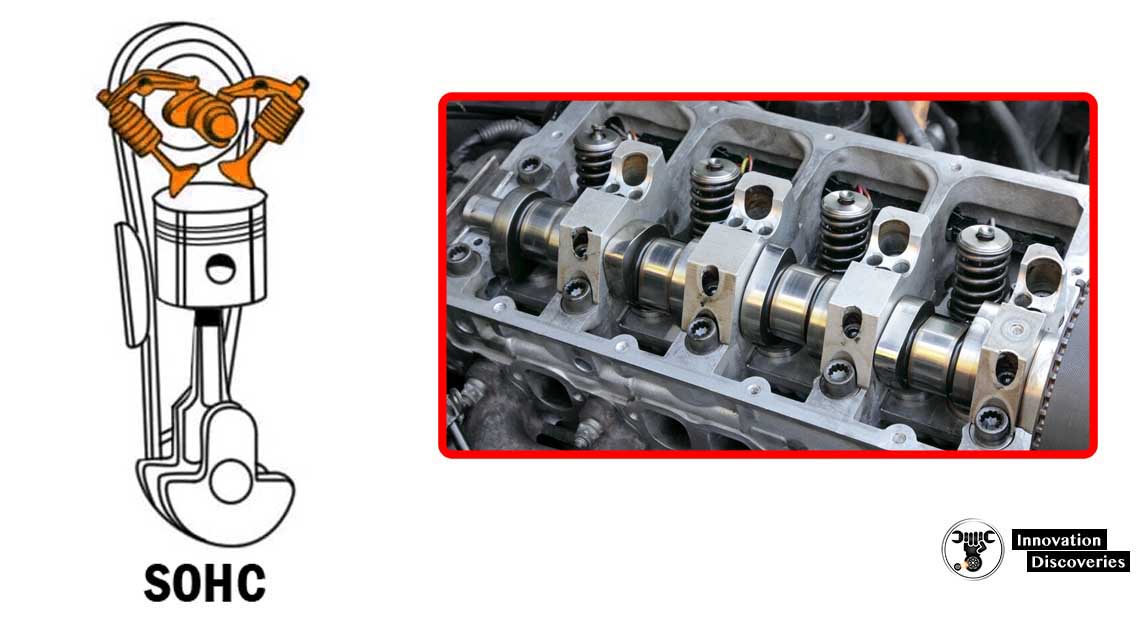
Note in the chart above that the best naturally aspirated combination may be an early non-power- improved block and Trick Flow's 38cc chamber heads. We're looking at intake combinations and possibly a power-adder to see how much more we can wring out of these things. While we're still breathing through the car's stock intake and tailpipes, we know there is more potential in these heads, especially at higher engine speeds. Every engine builder we've checked with says Trick Flow's heads-with CNC-shaped chambers and as-cast intake and exhaust runners-will outflow any ported factory cylinder head, and our gains of 70 hp to the rear wheels is right inline with what other Trick Flow customers are seeing.

With its valve arrangement, Trick Flow says lift of up to 0.600 inch is safe. It also eliminates piston-to-valve clearance problems very common to SOHC 4.6 engines-you can't advance the cam too far or run intake lift numbers more than about 0.525 inch without notching the pistons. Changing the angle of the intake valve provides a better path into the cylinders. The secret to our 4.6's newly found power is a collaboration of a better combustion chamber design, bigger ports, slightly larger valves, and Trick Flow's canted valve arrangement. We'll have some dragstrip numbers to back up these horsepower figures soon. The car feels much more powerful and a lot more fun to drive. The torque band is much flatter than stock, as well, making about 300 lb-ft from 3,500 rpm all the way to 5,000 rpm. As a result, my car is now making 70 more horsepower and nearly 50 more lb-ft of torque. Ernie used the SCT X3 Power Flash programmer I bought from Blue Oval Chips. Tuning Ford ECMs requires some sort of handheld programmer that goes between the tuning shop's laptop and the ECM. However, Trick Flow recommends reprogramming the ECM after installing its Top End Kit, so I spent the better part of a day on Westech's chassis dyno, as Ernie Mena fine-tuned the air/fuel ratio and timing. After fixing the previously mentioned oil leaks from the gallery plugs in the cylinder heads (and fixing an unrelated wiring nightmare under the dash), my car felt really strong running on Blue Oval Chips' programming for the Mercury Marauder MAF installed in our June '11 issue. The engine fired on the second crank and ran surprisingly well.


 0 kommentar(er)
0 kommentar(er)
